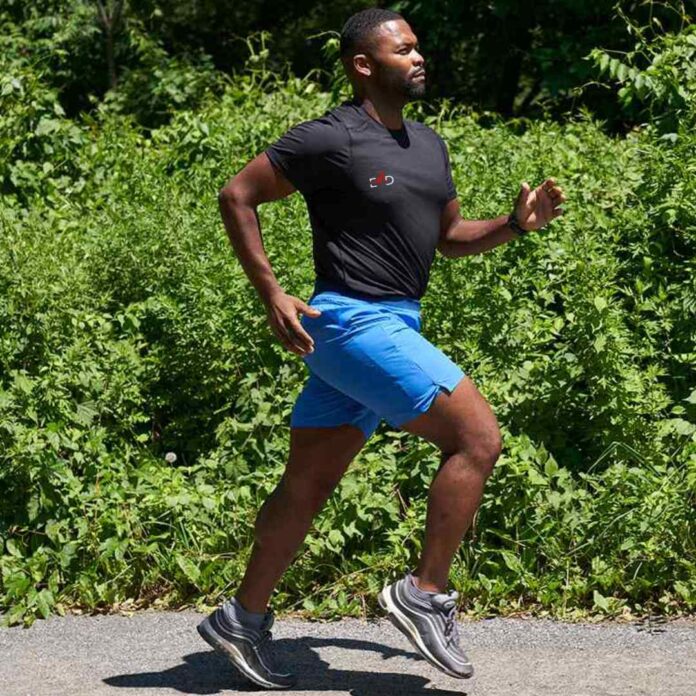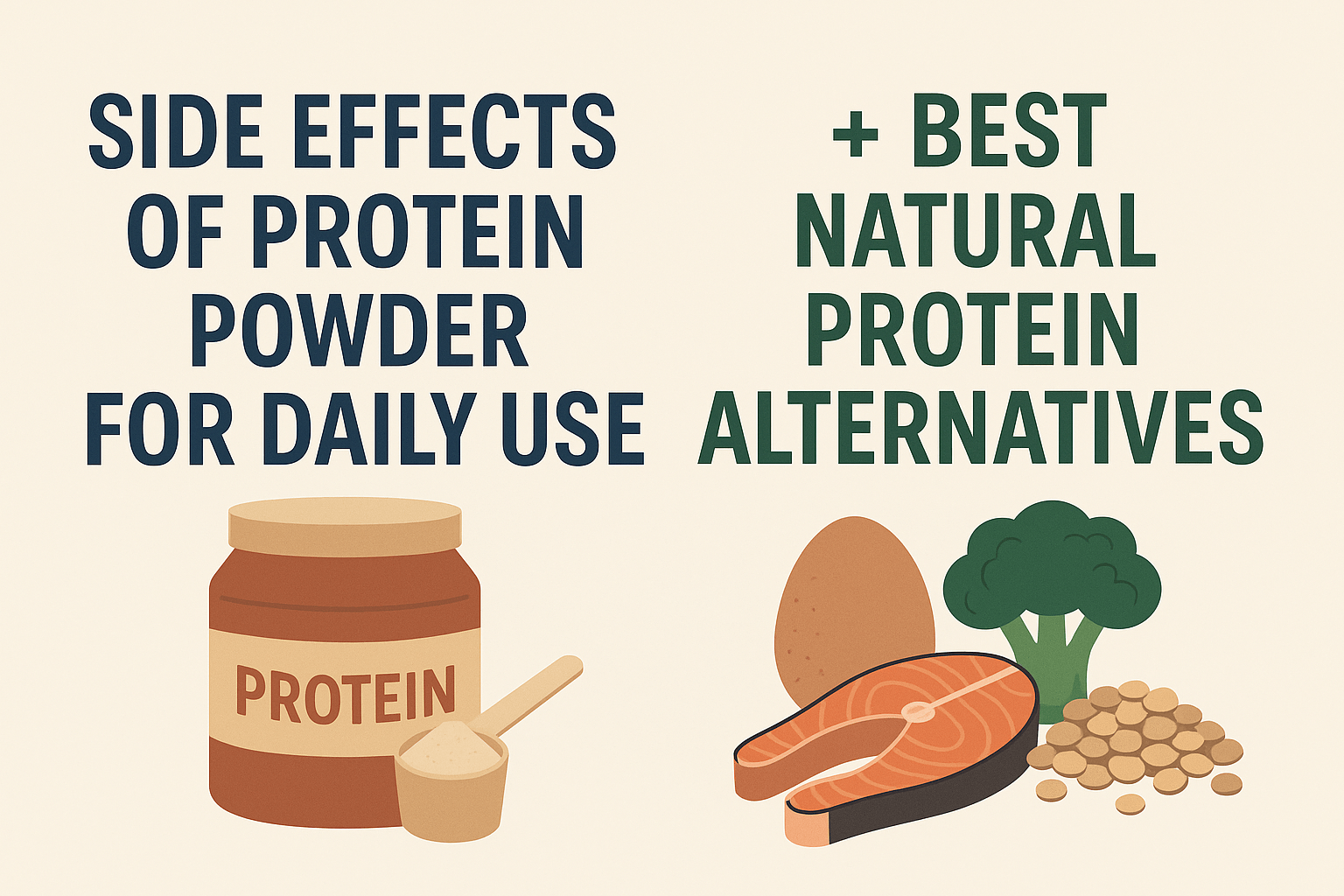Exercise Daily – A runner’s solid core is essential for maintaining good running form, preventing injuries, and improving overall running performance. A strong core provides stability and helps transfer power from your upper body to your lower body, allowing for efficient and effective running. Let’s explore a variety of core strengthening exercises specifically designed for runners. Incorporating these exercises into your workout routine can enhance your core strength and take your running to the next level.
Focus on core exercises targeting various midsection parts to engage your core effectively. Engaging your core will reduce the risk of back pain and make you a better runner. UESCA-certified running coaches suggest incorporating bodyweight exercises like planks, which are great for strengthening your core.
The Importance of Core Strength for Runners
Having a strong core is crucial for runners of all levels. Your core muscles provide stability and support during running, helping you maintain proper form and reducing the risk of injuries. A strong core also improves your running efficiency, allowing you to generate more power and speed.

Understanding the Core Muscles
Before diving into the exercises, let’s understand the key muscles that make up the core. The core consists of the abdominal muscles (rectus abdominis, transverse abdominis, and obliques), back muscles (erector spinae and multifidus), hip muscles (hip flexors and glutes), and pelvic floor muscles. All these muscles work together to provide stability and movement control.
When focusing on core exercises for runners, engaging various muscle groups to strengthen the entire core is essential. A strong core will reduce the risk of injury and improve running performance. UESCA-certified running coaches recommend incorporating exercises like planks, which target multiple core muscles simultaneously.
In a full plank position, maintain good posture and engage your diaphragm and lower back muscles to stabilize your body. For an added challenge, try lifting your right leg or bringing your right knee toward your right elbow, emphasizing the engagement of the obliques and hip flexors.
In a side plank position, lift your hips toward the ceiling while keeping your body stable. You can raise your left arm toward the ceiling or forward your left knee to engage the obliques and hip muscles on the opposite side.
Plank Variations: Building Core Stability
Planks are one of the best exercises for targeting the entire core. Start in a push-up position, with your forearms resting on the ground and elbows aligned under your shoulders. Keep your body in a straight line from head to heels. Hold this position for as long as you can while maintaining proper form. You can also try variations like side planks and plank with leg lifts to challenge different core muscles.
Crunches and Sit-Ups: Targeting the Abdominal Muscles
Crunches and sit-ups are classic exercises that primarily target the rectus abdominis, the muscle responsible for the “six-pack” appearance. Lie on your back with your knees bent and feet flat on the floor. Place your hands behind your head and lift your upper body off the ground, engaging your abdominal muscles. Avoid pulling on your neck and focus on using your core to perform the movement.
Russian Twists: Engaging the Obliques
Russian twists are great for targeting the oblique muscles, which play a crucial role in rotational movements during running. Sit on the ground with your knees bent and feet lifted slightly off the floor. Lean back slightly, maintaining a straight back. Twist your torso from side to side, touching the ground on each side with your hands or a weight for added resistance.
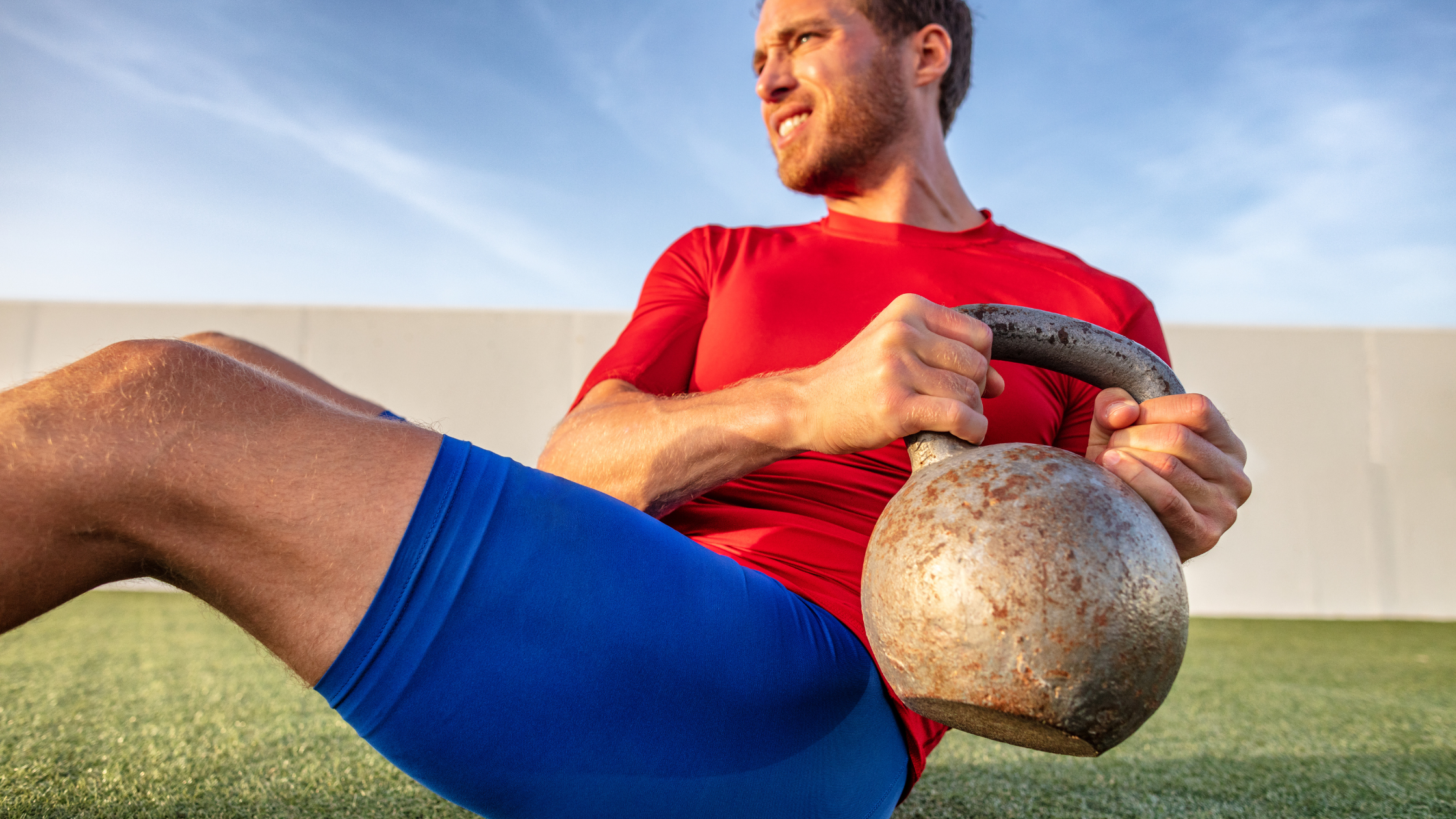
Leg Raises: Strengthening the Lower Abs
Leg raises are effective for targeting the lower abdominal muscles. Lie on your back with your legs extended. Lift your legs off the ground, keeping them straight and together. Slowly lower them back down without touching the ground and repeat. To make it more challenging, lift your hips off the ground while performing leg raises.
Side Planks: Developing Lateral Core Stability
Side planks focus on the obliques and the muscles responsible for lateral stability. Start by lying on your side with your elbow directly under your shoulder and your legs stacked on top of each other. Lift your hips off the ground, creating a straight line from head to heels. Hold this position for as long as possible, then switch sides.
Supermans: Activating the Back Muscles
Supermans target the back muscles, including the erector spinae and multifidus. Lie on your stomach with arms extended in front of you and legs straight behind you. Lift your arms, chest, and legs off the ground simultaneously while keeping your core engaged. Hold for a few seconds and then lower back down. Repeat for several repetitions.
Bridge Pose: Engaging the Glutes and Hamstrings
The bridge pose is an excellent exercise for activating the glutes and hamstrings, essential for running power and stability. Lie on your back with your knees bent and feet flat on the floor. Press through your heels to lift your hips off the ground, creating a straight line from your knees to your shoulders. Squeeze your glutes at the top and then lower back down. Repeat for multiple sets.
Lunges with a Twist: Combining Strength and Balance
Lunges with a twist are dynamic exercises that challenge your core strength and balance. Start by standing with your feet hip-width apart. Step forward with your right foot into a lunge position while twisting your torso to the right. Return to the starting position and repeat on the other side. This exercise engages your core, glutes, and leg muscles.
The Role of Core Strength in Running Performance
Having a solid core is not only about injury prevention but also about enhancing your running performance. A strong core provides a stable base for your movements, allowing you to generate more power and maintain proper running form. It improves endurance and helps you retain efficient running mechanics throughout your workouts and races.
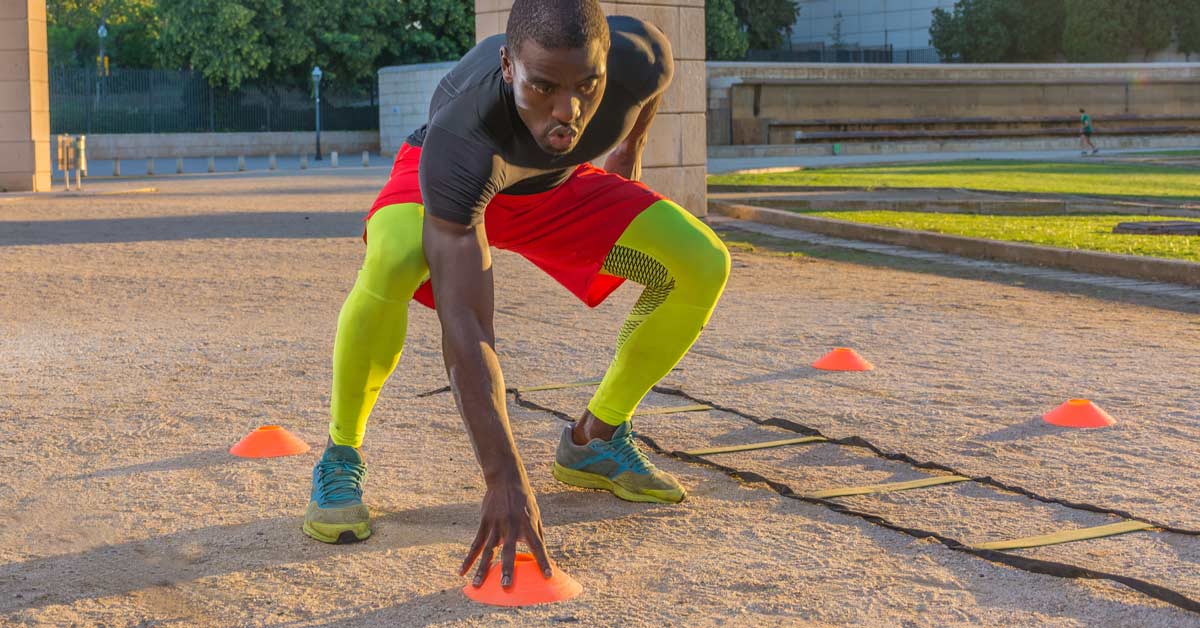
Creating a Core Workout Routine for Runners
To create an effective core workout routine for runners, focus on exercises that target all the core muscles mentioned earlier. Aim for 2-3 sessions per week, allowing at least one day of rest. Start with a warm-up that includes light cardio exercises and dynamic stretches. Then, perform 2-3 sets of each exercise with 10-15 repetitions per set. Gradually increase the intensity and duration as your core strength improves.
Following Along: A Sample Core Workout for Runners
Here’s a sample core workout routine that you can follow along with:
- Plank: Hold for 30 seconds, rest for 15 seconds, repeat for three sets.
- Russian Twists: Perform 15 twists on each side, rest for 15 seconds, repeat for three sets.
- Leg Raises: Perform 12-15 leg raises, rest for 15 seconds, repeat for three sets.
- Side Planks: Hold for 30 seconds on each side, rest for 15 seconds, repeat for three sets.
- Supermans: Perform 12-15 supermans, rest for 15 seconds, repeat for three sets.
- Bridge Pose: Hold for 30 seconds, rest for 15 seconds, repeat for three sets.
- Lunges with a Twist: Perform ten lunges on each side, rest for 15 seconds, and repeat for three sets.
Tips for Proper Form and Technique
- Maintain proper alignment and form throughout each exercise.
- Engage your core muscles and focus on the targeted muscles.
- Breathe evenly and avoid holding your breath.
- Start with lighter weights or modifications if needed and gradually progress.
- Listen to your body and adjust the intensity or range of motion as necessary.
- Incorporate variety into your routine to challenge different muscles and prevent plateaus.
Common Mistakes to Avoid
- Relying solely on crunches and neglecting other core exercises.
- They are sacrificing form for quantity. Focus on quality repetitions instead.
- You are ignoring the importance of rest and recovery for muscle growth.
- You are neglecting to include balance and stability exercises in your routine.
- I was neglecting other aspects of training, such as strength training and flexibility.
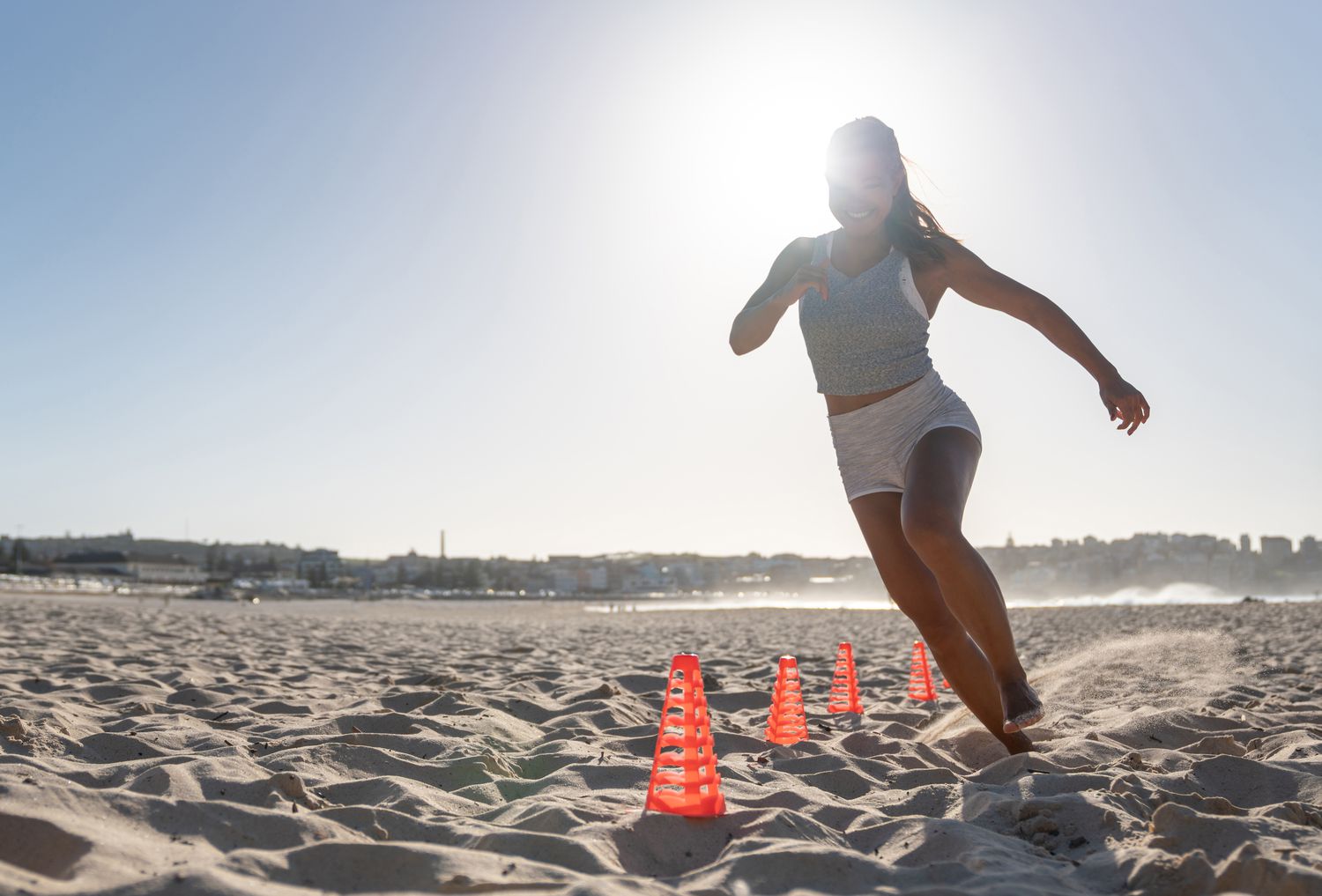
FAQs – Effective Core Strengthening Exercises for Runners: The Ultimate Workout Routine
Q: Can I do core exercises every day?
A: While working on core strength is essential, giving your muscles time to recover is equally important. Aim for 2-3 core weekly workout sessions, allowing at least one day of rest between workouts.
Q: How long should I hold a plank?
A: Hold a bank for 30 seconds and gradually increase the duration as your core strength improves. Aim for 1-2 minutes as a goal to work towards.
Q: Can I do core exercises without equipment?
A: Yes! Many core exercises, such as planks, crunches, and Superman, can be done using just your body weight. However, adding resistance or using equipment like stability balls or resistance bands can provide additional challenge and variety.
Q: Should I prioritize strength training or running?
A: Both strength training and running are essential for overall fitness and performance. It’s beneficial to incorporate both into your routine. Focus on balancing your training to include strength exercises for the core and running workouts tailored to your goals.
Q: How soon can I expect to see results from core exercises?
A: Results vary depending on fitness level, consistency, and training intensity. With regular and consistent core training and a well-rounded running program, you can start to see improvements in your core strength within a few weeks to a couple of months. However, it’s important to note that everyone progresses at their own pace, so be patient and stay committed to your training.

